This article is written based on the observations of three individuals and is not in any way meant to represent the views of the individual institutions.

On a typical Whitman student’s path to the rows of wholesale granola in Andy’s supermarket in College Place, an intersection feels uncannily familiar if passed at the right time of day. Within the distance of a couple blocks are two crosswalks, and both are often full of young students with backpacks. Cars stop to let the first pedestrian pass and then find that there are 10 more to take the place of that first pedestrian. Woe to the person late to work who has to pass both this intersection and the one on Isaacs between Jewett and the fraternity houses, watching students from the two private colleges in Walla Walla cross in droves in front of their bumper.
Yet while the scenes are almost exactly the same, there is very little interaction between the student populations at Whitman College and Walla Walla University on a daily basis. Occasionally there are special events collaborated between the two institutions, such as the Tri-College Service Day in April and the Etiquette Dinner. But outside of such programs there seems to be a surprising lack of connection between WWU and Whitman.
Whitman senior Haley Friel, who interacts with WWU students through the LGBTQ communities at both schools, finds that some of the reason for this lies in the oft-referenced Whitman bubble.
“The bubble is so severe it’s kind of scary. Whitman students don’t really know what’s outside of it,” she said.
WWU Business Administration student David Maier says that the extent to which he interacts with Whitman students is limited to glimpses at Bright’s or other downtown stores. He pictures a Whitman student as “a fairly white person playing Ultimate Frisbee and being social.”
There are a few legends that manage to permeate the lack of connections between the two schools. For instance, Maier emphasized twice the social aspects of life at Whitman. WWU students have heard tell about the beer mile. WWU senior biology major Leah Dann said that the immediate preconceptions she has of Whitman students are those of wealth.

“The stereotype I have in my head is of rich, preppy people, probably because of the sororities and frats and the amazingly nice campus,” said Dann.
Rachelle Lebold, a speech pathology student at WWU, surmised in an email that she thought open-mindedness might be a dominant trait in Whitman students.
“When I picture a Whitman student I see a person who is open-minded and has a wide variety of hobbies,” said Lebold. “I feel … free to talk about certain subjects with Whitman students and be able to have an open dialogue about it.”
Some Whitman students, too, have preconceived ideas about WWU. When asked about an underlying notion at Whitman that WWU students are not allowed to dance, Dann replied that WWU’s guidelines around dancing are more to prevent close contact.
“We have an associated students organization that plans events most weekends, things like a Barn Party where there’s line dancing and Battle of the Bands,” she said.
Dann explained that these programs are the focal point of the social life of the college. Whitman senior Evan Griffis, who is friends with WWU students, described a few other non-school-sanctioned gatherings he attended a few years ago.
“The first one I went to was in the basement of a girl’s parents’ house, and the parents were upstairs,” said Griffis. “It was a situation where the parents were kind of subversively letting kids in through the backdoor because it was against the policy of the administration.”
He added that the lack of alcohol at parties creates a different dynamic.
“All the parties I went to had the most incredible light and sound systems because that’s what their parties are,” he said. “My friend said that they don’t need alcohol to have fun, plus having parties like this is risky enough with the administration. It seemed like not having alcohol was just because they didn’t want to exacerbate the risk.”
Perhaps in social contexts as well as in academic contexts, the biggest differences between the student populations at both schools lies in their attitudes towards religion. WWU is a Seventh Day Adventist University, meaning that the administration enforces policy that follows Adventist doctrine, which includes the avoidance of close contact while dancing and the forbiddenness of alcohol. In Dann’s biology classes, she was taught both evolution theory as well as creation, but she says she was not told which to believe.
“The professors are dedicated to giving us different perspectives –– facts about everything, including science and other religions in religious classes, which are not just the university pushing beliefs,” she said. “The professors have a wide range of what they believe as well.”
Dann also enjoys the religious aspects of WWU in her social life.
“I like that there are lots of worship opportunities and the social aspect of there being a lot of people around you that share your beliefs,” said Dann.
WWU students have the option of attending the Seventh Day Adventist church on campus that holds services every Saturday. Saturday is considered the Sabbath in Adventist doctrine, which is why Andy’s Market is closed on Saturdays (it is owned by Adventists). The church also offers youth programming and valuable counseling services for students.
The Adventist aspects of WWU’s campus, while not ubiquitous, can influence lifestyles that students choose to adopt. Griffis observed this in his visits to meetings of the LGBTQ club that formed two years ago on campus.
“It was a little weird for me because I didn’t have a life history that they shared. The questions they were asking were more like, is it morally O.K. to be gay,” said Griffis. “That isn’t a discussion at Whitman so much … It seems tricky for them because their identity is rooted in being Adventist, whereas for me at Whitman, my identity is rooted in being gay –– it’s a much more closeted culture.”
Griffis said that the way some of his friends and acquaintances have transcended the oftentimes paradoxical nature of those two identities is by having different goals in life than many gay students at Whitman.
“My equally gay and Adventist friend has the perspective of yearning for a normative lifestyle,” said Griffis. “He is very skeptical of Whitman and the ‘promiscuous’ hook-up culture and ‘outlandish’ gender expression that sometimes happens on campus. That’s not important. What’s important for him is to have a husband and family.”
Friel, who is also involved with LGBTQ connections between the schools (as well as with Walla Walla Community College) also found value in observing the different challenges students from other schools face.
“It frustrates me because there are so many potential positive things that Whitman students could gain from hearing about their life experiences,” said Friel. “It’s a rich community we could benefit from, but there’s a stigma about the religion … plus the physicality of [Whitman’s] campus –– it’s so small and it’s such a closed community at Whitman.”
Griffis expressed gratitude both for the experience of observing the LGBTQ community at WWU as well as for the fact that he does not face the challenges that many of his peers do.
“They have really different struggles. Things that we take for granted are huge struggles for them,” he said. “[Whitman students] need to recognize that religion is actually a really guiding life force for students at the university, not in a monolithic way, but in that the campus community is guided by it.”




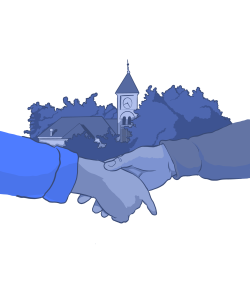
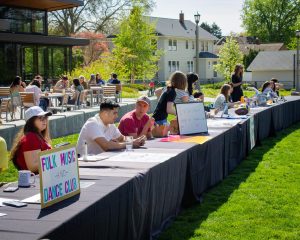

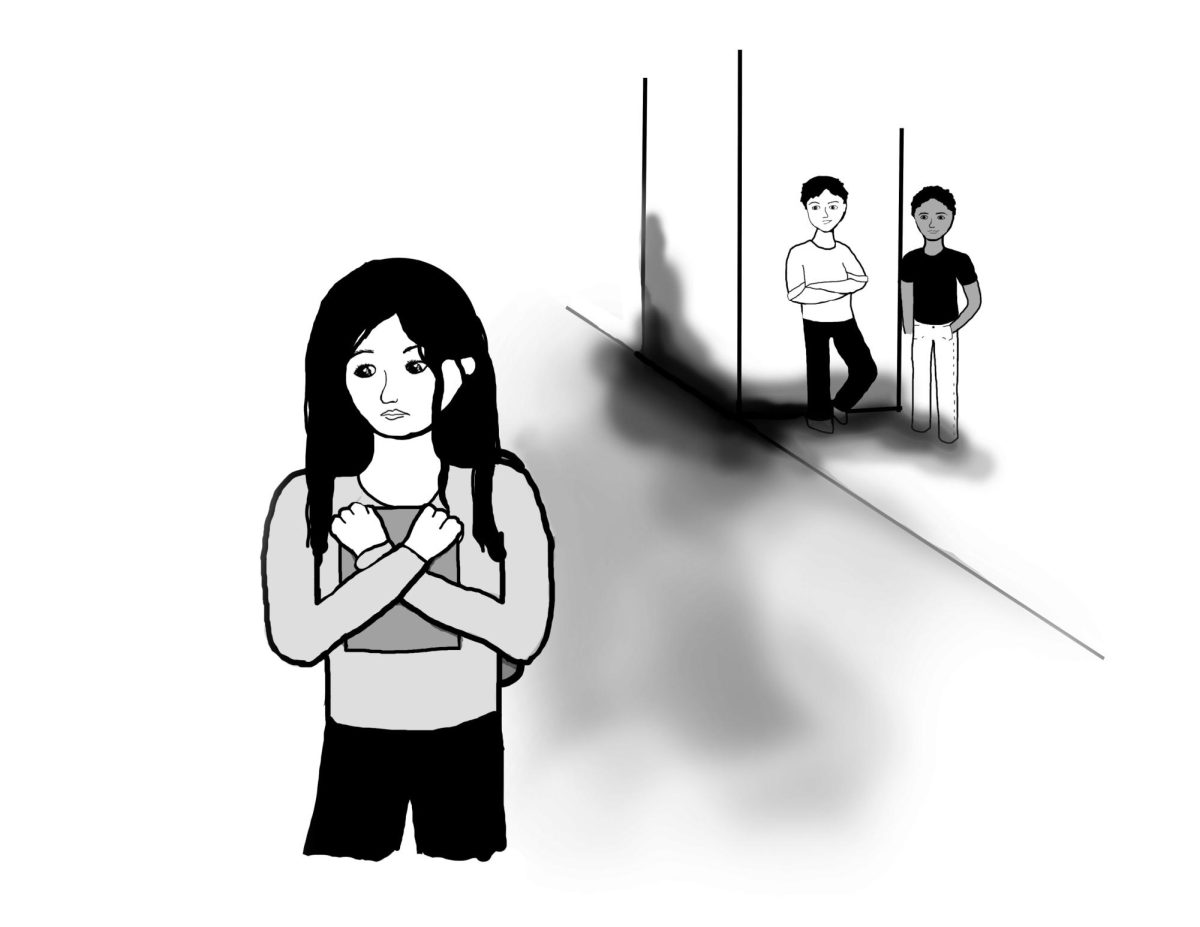
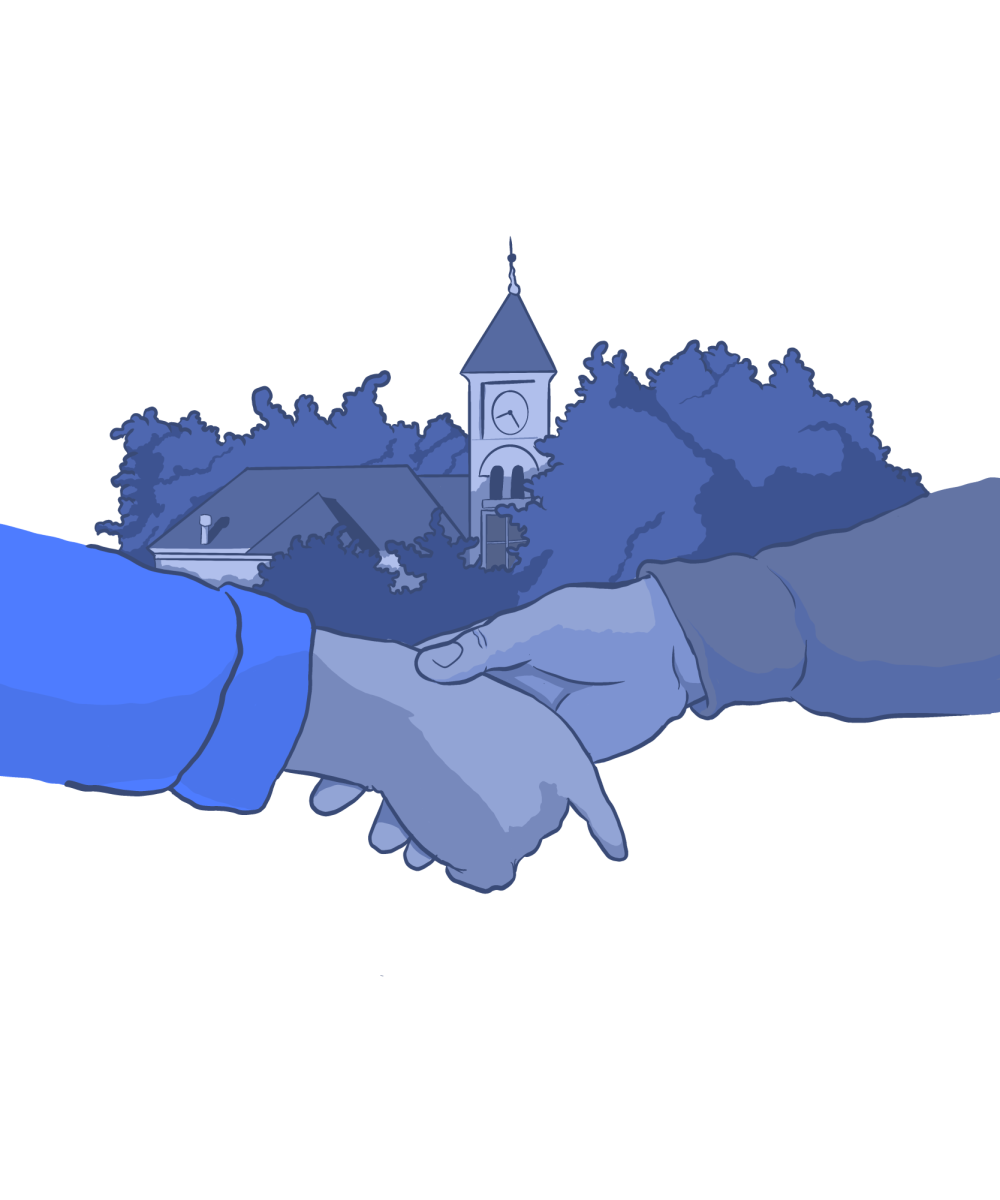
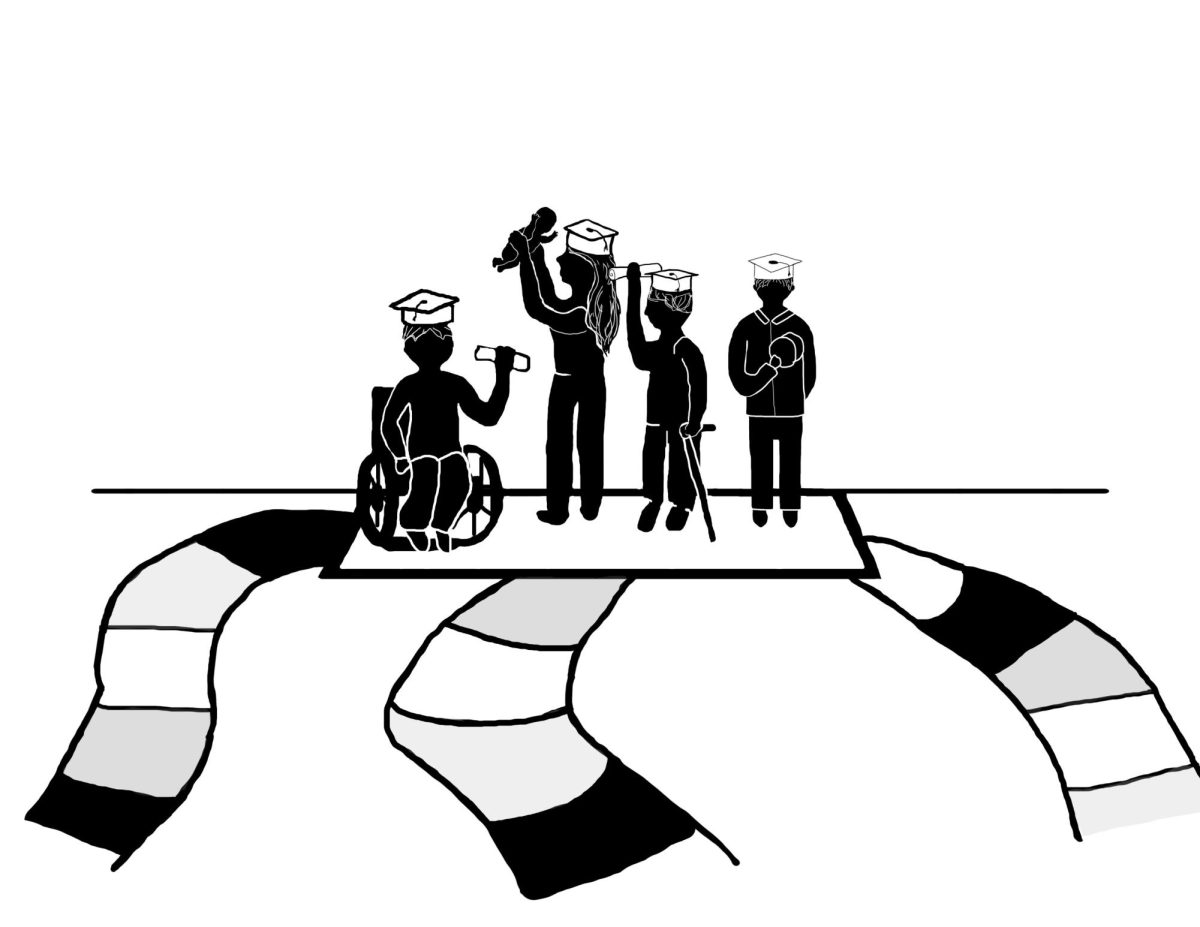
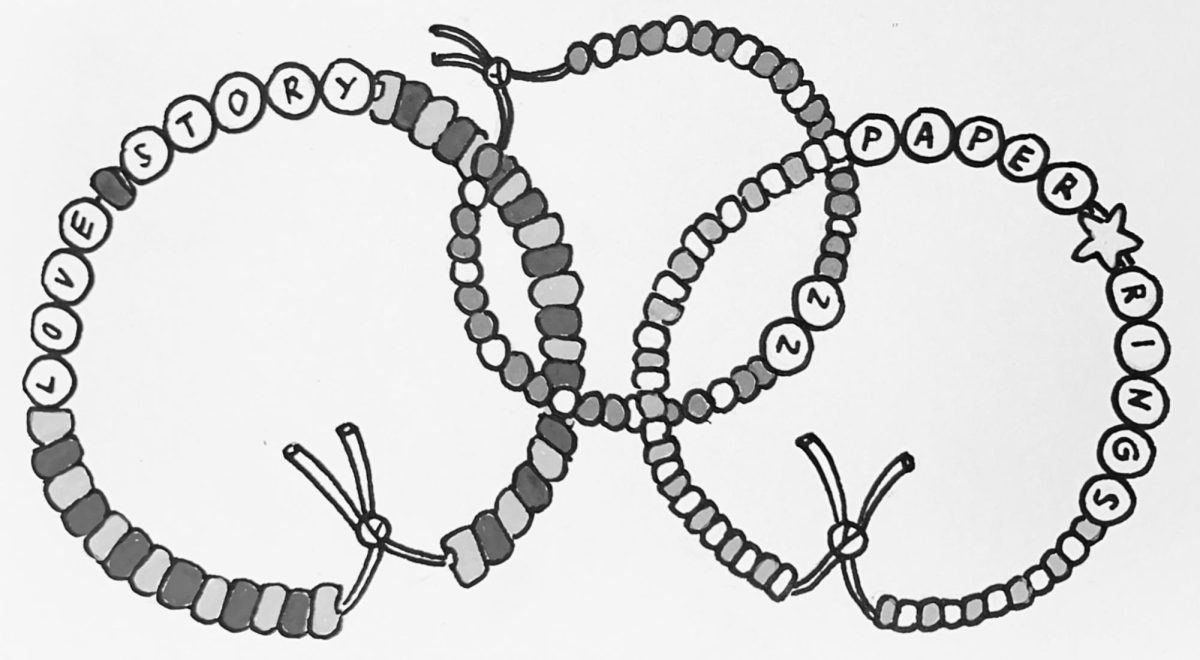
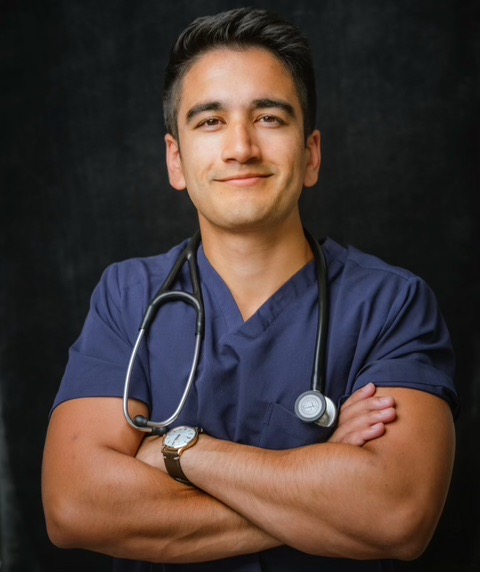
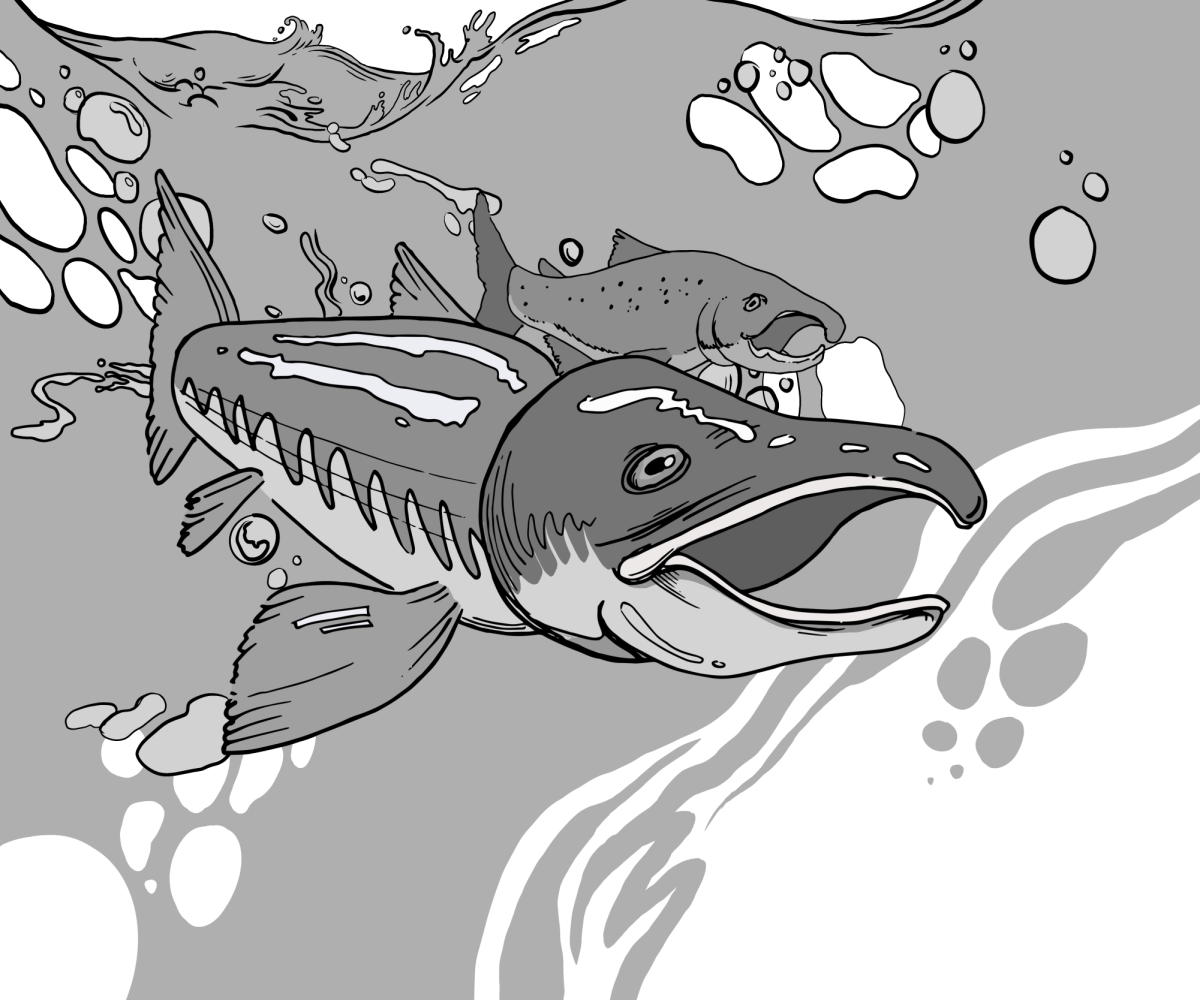
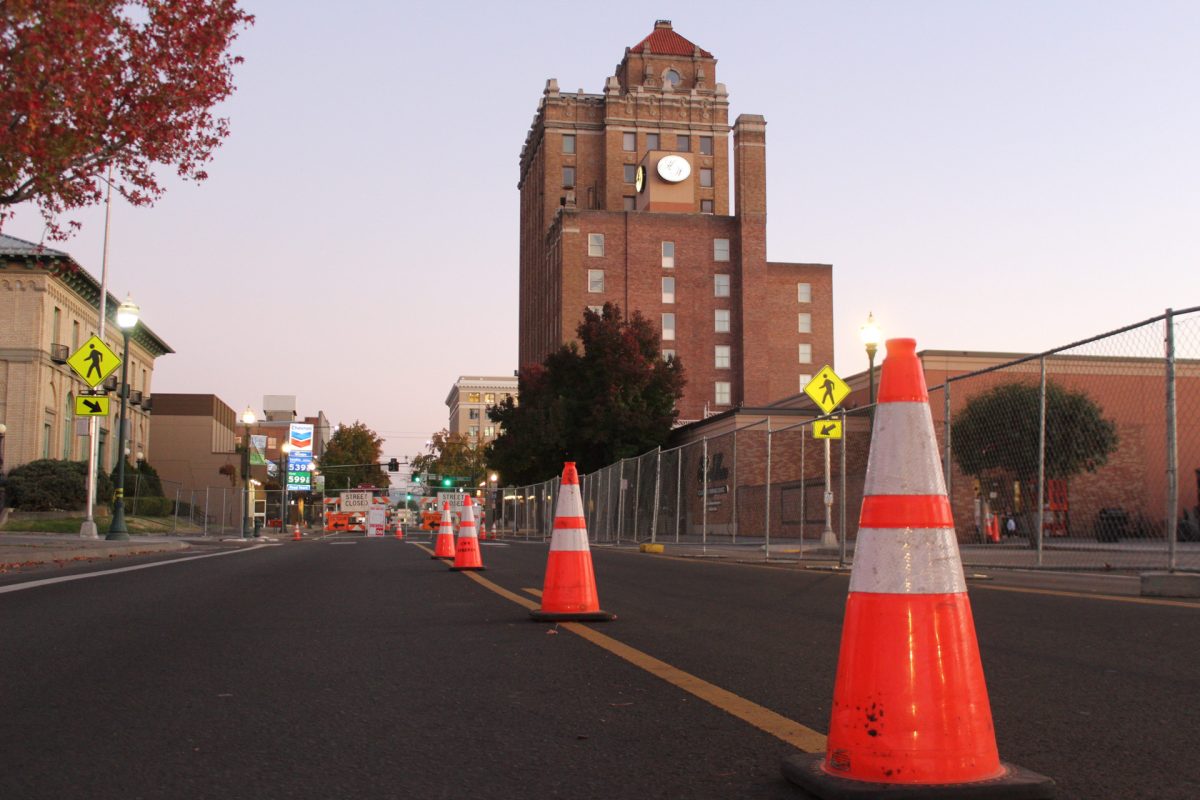
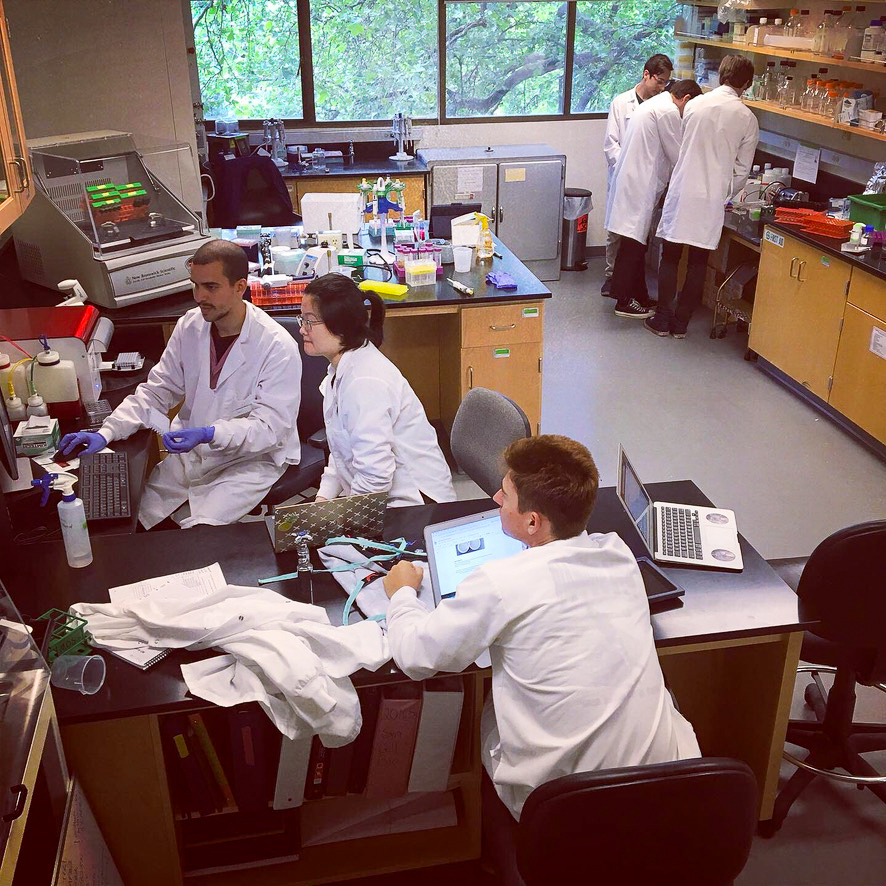
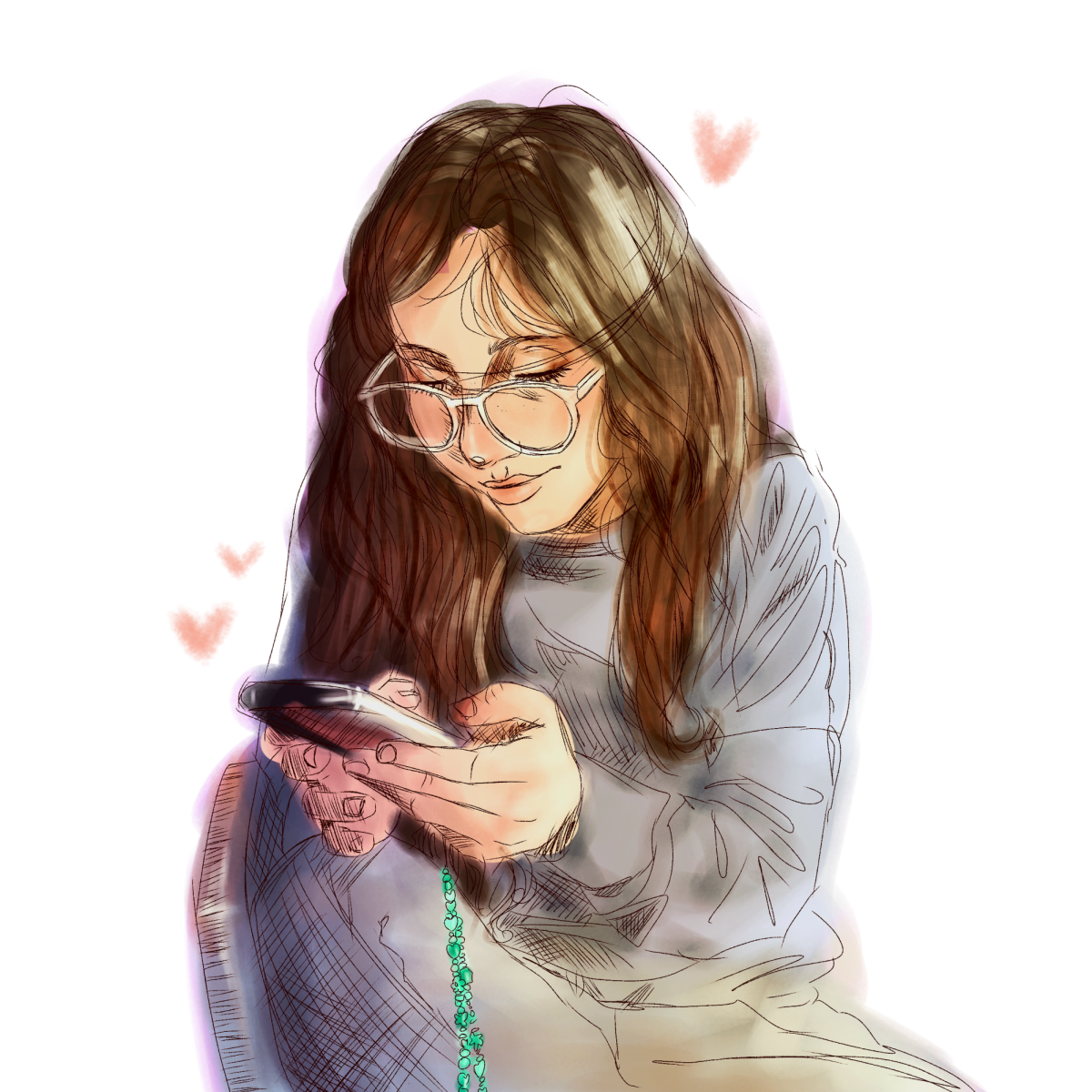
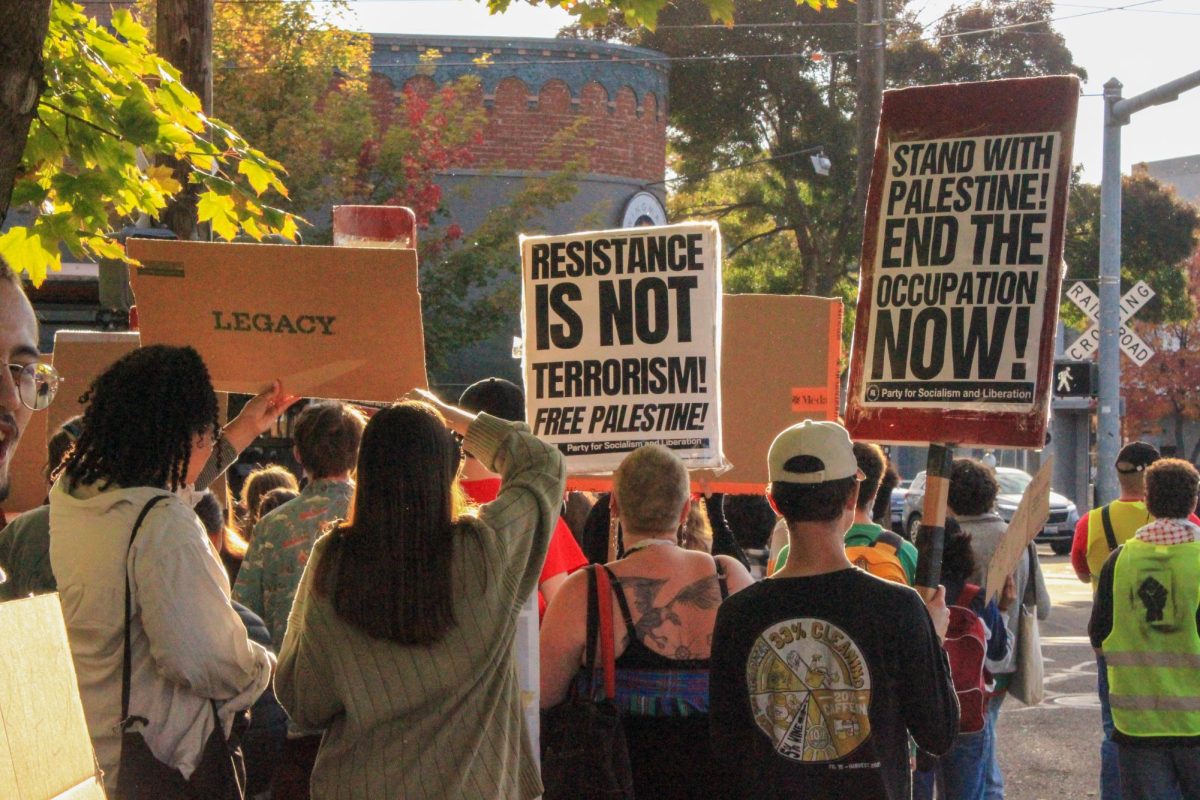
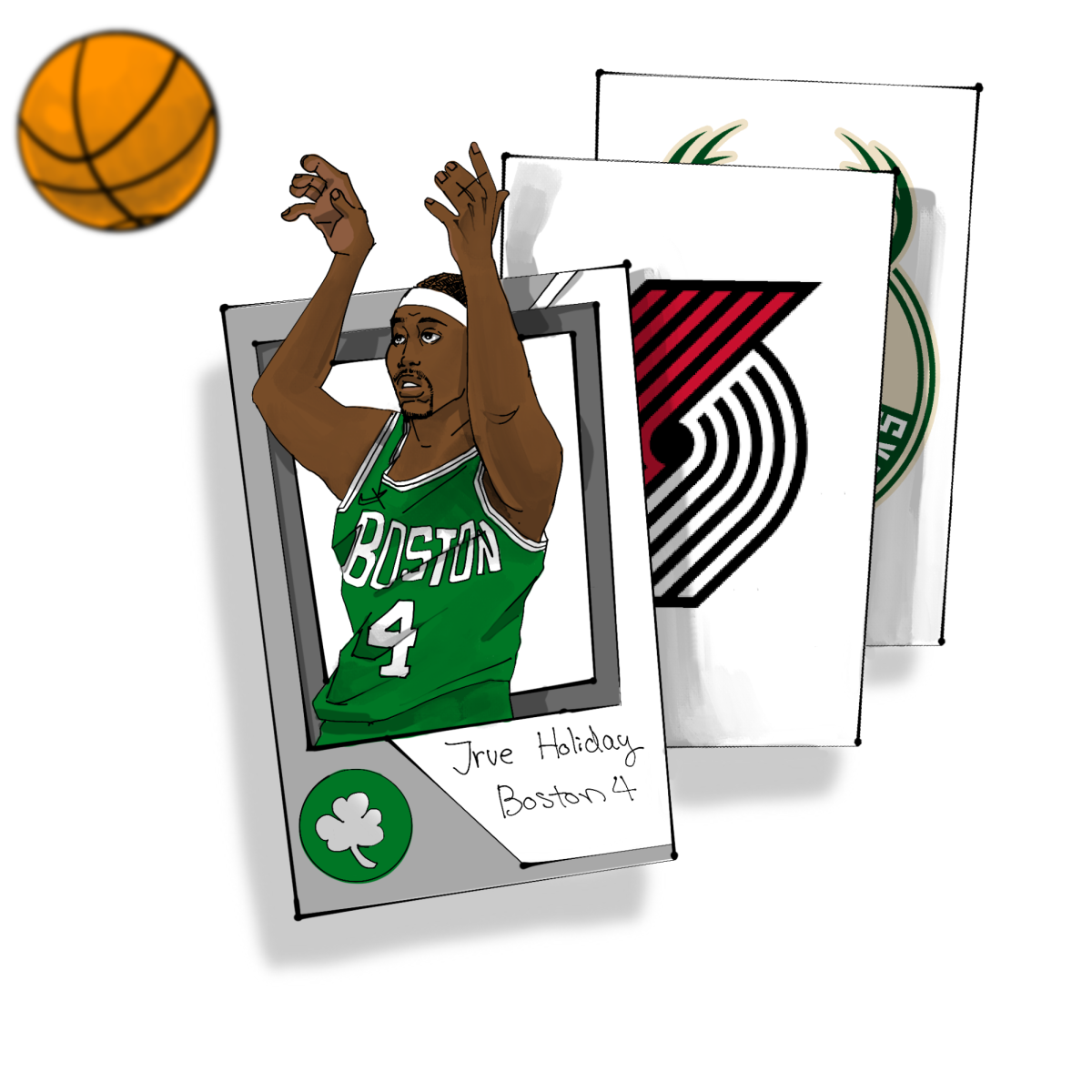
oneSTARman • Mar 14, 2015 at 11:11 pm
What does the Video of SAE Frat Boys chanting about lynching ‘N-word’ people tell us about segregating ourselves into Fraternaties and Sororities? Perhaps that it is not the best way for students to learn through diversity and awareness of the value of those who are not exactly like us in race and gender and background and experiences. The kind of thing a real education should give us.
Steve • Mar 13, 2015 at 2:57 pm
It is a very painful reality for me (and for God I think) that what a Seventh-Day Adventist used to be has been usurped by impostors who don’t have the capacity to appreciate what it was.